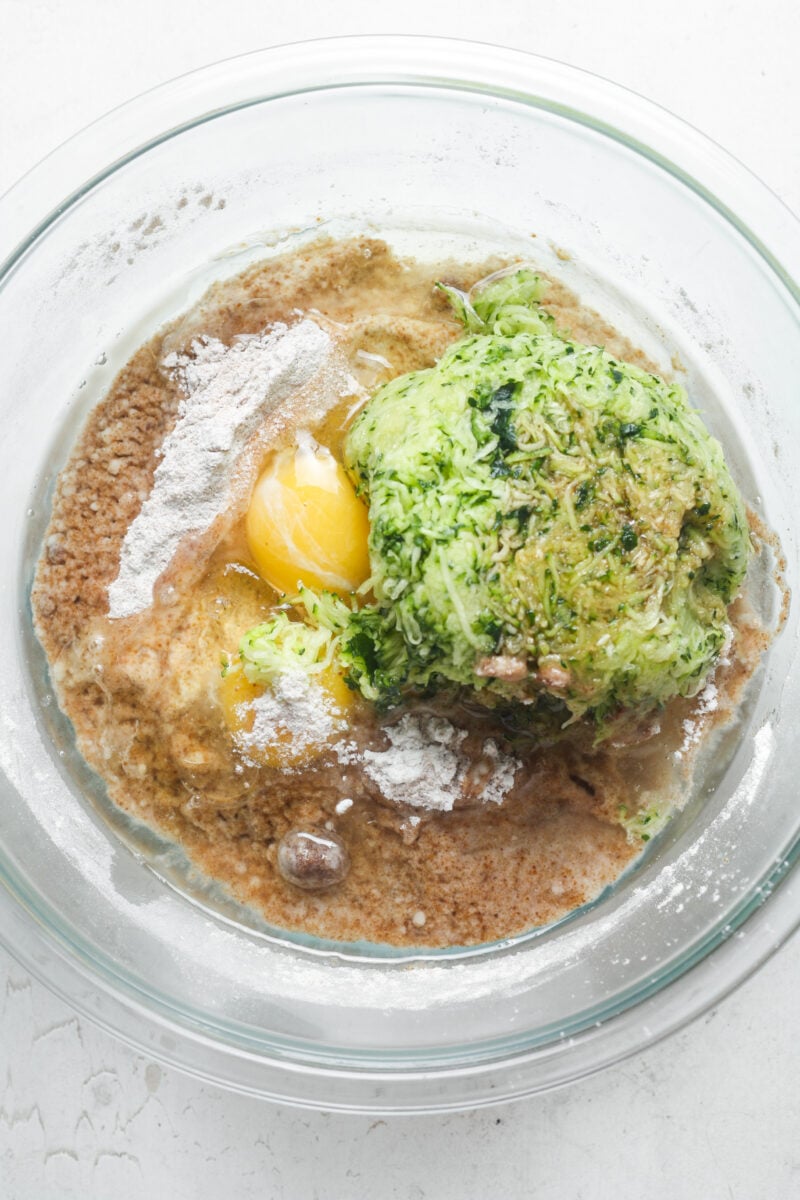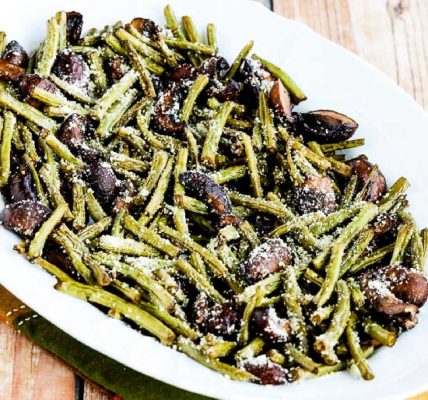Eggs are a favorite food for many people around the world. They’re easy to find in stores, quick to cook, and full of good stuff for our bodies. When you walk down the egg aisle at the grocery store, you might be surprised to see just how many kinds of eggs there are. Why so many? It all comes down to the chickens that lay them, what they eat, where they live, and how farmers take care of them. In this post for different types of eggs, we’re going to keep things simple and look at the different types of eggs you can choose from.
Want to Save this Recipe?
Enter your email below & we’ll send it straight to your inbox. Plus you’ll get great new recipes from us every week!
Check out our High Protein Breakfast Ideas for some of our favorite egg recipes!
Why Are There Different Types of Eggs?
The assortment of eggs in the market can be attributed to several factors, including the breed of the hen, its diet, living conditions, and even the farming practices employed.
Let’s break down the common types of eggs you might encounter:
Standard White Eggs
These eggs come from white chickens. They are the most common and usually the cheapest.

Standard Brown Eggs
Brown eggs are from brown chickens. Some people say they taste a bit richer, but they’re pretty much the same as white eggs on the inside.

Furnished / Enriched / Nest-Laid Eggs
These eggs are from happy chickens that have nice places to lay their eggs, with things like nests and perches.
Free-Run Eggs
Chickens that lay these eggs can wander around inside a big barn. They have more room to move compared to chickens in small cages.
Free-Range Eggs
These eggs are from chickens that get to go outside. They can walk around in the fresh air and sunlight.
Organic Eggs
Organic eggs are from chickens that eat food without any chemicals, and they aren’t given any medicines unless they really need them.
Omega-3 Eggs
These eggs are from chickens that eat special food. This food makes the eggs have more omega-3, which is good for your heart.
Vitamin-Enhanced Eggs
Chickens that lay these eggs eat food that has extra vitamins. So, the eggs they lay are extra good for you.
Vegetarian Eggs
These eggs are from chickens that only eat plants.
Processed Eggs
Processed eggs are not like the ones you find in a shell. They might be liquid eggs in a carton or dried egg powder.

What are the Six Classifications of Eggs?
Eggs! They’re yummy, full of goodness, and you can cook them in so many ways. But when you go to buy eggs, you might notice that they come in different sizes. Did you know there are six types of eggs you can find at the store? There’s Jumbo, Extra-Large, Large, Medium, Small, and Peewee.
Each type has its own special job in the kitchen. Let’s find out what makes each one unique.
Jumbo Eggs
Jumbo eggs are the giants in the egg world. They are very big and have lots of egg white and yolk. If you like big breakfasts or want your cake to be really moist, jumbo eggs are the ones to pick.
Just a little smaller than the jumbo ones, Extra-Large eggs are still pretty big. They’re super for almost any recipe, like baking a yummy cake or making a big stack of pancakes.
If a recipe needs a ‘large’ egg and you only have extra-large ones, you might not need to use as much milk or water.

Large Eggs
The Large eggs are the ones most recipes talk about. They’re the eggs we use a lot in the kitchen for making all sorts of tasty things. Whether you’re making cookies or scrambled eggs, these are usually the ones you’ll grab.
For baking, these are the most common types of eggs.
Medium Eggs
Medium eggs are not as big as large eggs but they can still do a lot of things in the kitchen. If you’re making something small or just need the eggs to stick stuff together in a recipe, these are your go-to.
When baking, if you switch these for large eggs, you’ll have to play a little with the recipe to get it just right.
Small Eggs
Small eggs aren’t as common, but they’re perfect when you only need a tiny bit of egg, like when you’re making adorable little canapés or tiny cupcakes for a party.
Peewee
Peewee eggs are the smallest eggs you can find, though they might be a bit hard to spot at your local store. They aren’t used much for everyday cooking but can be fun for special decorations or adding a cute touch to a meal.

What are the different grades of eggs?
Have you ever noticed the mysterious letters “AA,” “A,” and “B” stamped on your egg cartons? These aren’t just random codes – they’re a secret message about the quality of the eggs inside! Let’s crack into the details of each grade – Grade AA, Grade A, and Grade B – and see what sets them apart.
Grade AA Eggs
Grade AA eggs are the top tier in the egg grading world. These eggs have clean and intact shells with a high, thick egg white and a firm, rounded yolk that sits high up. They’re super fresh and great for all types of cooking and baking.
When you crack open a Grade AA egg, it’s going to hold its shape really well, making it ideal for dishes where the egg’s appearance matters, like poached eggs or fried eggs. When it comes to types of eggs, they are the best of the best.
Grade A Eggs
Grade A eggs are still high-quality eggs but have just a tiny step down from Grade AA. The eggshell is still nice and clean and the white is reasonably thick. The yolk is slightly less round and firm than in Grade AA eggs.
Grade A eggs are what you’ll commonly find at your local grocery store and they’re perfect for most cooking and baking needs. They’re versatile, so you can use them for pretty much everything from scrambled eggs to baking cakes.

Grade B Eggs
Finally, we have Grade B eggs. These eggs might not look as perfect as Grade AA or A eggs, with thinner whites and flatter yolks. The shells might also have slight stains but don’t worry, they’re still perfectly fine to eat.
Because of their appearance, Grade B eggs are often used in food products like liquid, frozen, and powdered eggs. They’re also great for baking, where the look of the egg isn’t as important as in recipes where the eggs are the star of the show.
What are the ways to cook an egg?
The versatility of eggs extends to how they can be cooked, including:

Frequently Asked Questions (FAQs)
Eggs are classified by size (from peewee to jumbo) and grade (AA to B), based on quality and appearance.
Grade AA is the highest, indicating the best quality in terms of shell, white, and yolk.
Poached eggs and boiled eggs are considered healthy as they don’t require added fat.
Pasteurized eggs are the safest, especially for those who are immunocompromised or pregnant.
Moderation is key; one egg per day is often recommended, but this can vary based on individual health.
The yolk contains cholesterol, but it’s also packed with nutrients. Moderation is advised.
An egg might be bad if it smells off, floats in water, or has an unusual appearance.
You May Also Like
If you enjoyed this helpful guide for types of eggs, please leave a rating and comment! Check out this Guide to Peppers too. For more inspiration, check out my Facebook, Instagram, and Pinterest. For 5 free weekly meal plans and more free resources, sign up to receive my free newsletter!









